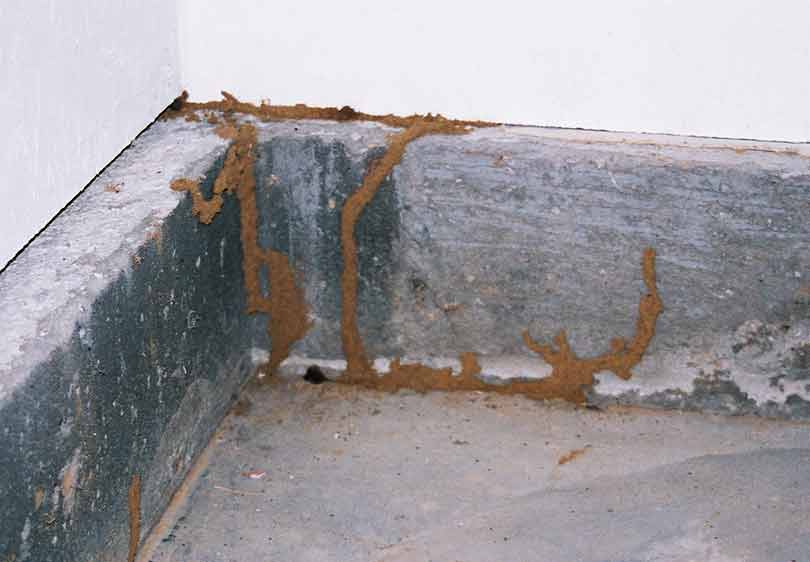Effective Insect Control Solutions for Vole Infestations

In the realm of pest control, vole infestations present an unique challenge that demands a strategic strategy. By diving into the complexities of vole behavior and discovering an array of control approaches, a thorough insect management plan customized to these elusive creatures can be crafted. From all-natural repellents to ingenious trapping strategies, the collection against vole infestations is multi-faceted.
Comprehending Vole Behavior
Voles, tiny rats typically located in areas and gardens, exhibit distinct actions patterns that are vital to understand when implementing parasite control procedures - vole control utah county. These animals are prolific miners, creating a comprehensive network of passages underground where they nest, shop food, and seek sanctuary from predators and inclement climate. Voles are herbivores and mainly prey on lawns, seeds, light bulbs, and roots, making areas and gardens excellent environments for them
One key habits of voles is their quick rate of recreation. Females can offer birth to several clutters every year, with clutter sizes varying from 3 to six puppies. This high reproductive ability allows vole populaces to promptly multiply, causing infestations if left unattended.
Understanding vole actions also involves acknowledging their patterns of activity and foraging. Voles create surface runways in verdant locations as they travel between their burrows and food resources. By observing these runways and the places of burrow entries, parasite control experts can determine high-traffic areas and purposefully area traps or deterrents to successfully handle vole populations.
All-natural Repellents and Deterrents
With an understanding of vole behavior as a foundation, discovering all-natural repellents and deterrents comes to be essential in properly taking care of vole invasions in fields and yards. In addition, integrating predator pee, such as that of coyotes or foxes, around the garden border can produce a natural obstacle that indicates danger to voles, urging them to stay away.
In addition, using castor oil-based repellents can disrupt vole passages as they find the odor and preference unpleasant, motivating them to relocate. Mulching with products like gravel, lava rocks, or rugged sand can additionally discourage voles as they do not like digging via these rough compounds. Implementing a combination of these all-natural repellents and deterrents can help successfully take care of vole populations in a sustainable and safe fashion, protecting plants and yards from vole damage.
Capturing Strategies for Voles

Break traps are made to kill voles immediately upon activation. These catches must be placed in areas where voles are known to take a trip, such as near burrow entryways or along their runways. It is necessary to check snap catches frequently and dispose of any kind of captured voles immediately to make certain the efficiency of the capturing process.
Live catches are an extra humane alternative for those who want to record voles without hurting them. As soon as a vole is caught in an online catch, it can be safely transferred to a various location and launched unhurt. Live catches should be inspected regularly to stop stress and anxiety or harm to the caught voles.
When establishing traps for voles, it is vital to consider their actions and practices to boost the chance of success (vole control utah county). By utilizing the suitable capturing strategies, vole populations can be properly taken care of, reducing the damage they trigger to farming and yard locations
Implementing Physical Barriers
To even more strengthen the protection against vole infestations, the tactical application of physical barriers becomes a positive procedure to guard farming and yard locations. Physical obstacles such as cord mesh, equipment fabric, or fencings can be set up below ground to avoid voles from delving right into yards or areas. Burying these barriers a minimum of 12 to 18 inches deep and angling them external can properly hinder voles from tunneling right into the safeguarded location. Furthermore, building fences with small mesh size at the base can prevent the voles' capacity to access the plant life above ground level.
In addition, making use of tree guards or trunk wraps constructed from steel or plastic can protect tree trunks from vole damages throughout cold weather when various other food resources are scarce. These guards need to prolong over the expected snow line to stop voles from gnawing on the bark. Normal evaluation and maintenance of these obstacles are vital to ensure their proceeded efficiency in deterring vole invasions and safeguarding beneficial plants and plants.
Integrated Bug Monitoring Strategies
Incorporating various parasite control techniques, consisting of biological controls, environment manipulation, and surveillance, forms the basis of efficient Integrated Bug Monitoring methods for addressing vole problems. Biological controls include presenting natural killers of voles, such as owls or snakes, to the damaged area to help lower vole populations. Environment adjustment concentrates on customizing the setting to make it less positive for voles, such as reducing ground Our site cover or getting rid of food resources. Surveillance plays a vital function in Integrated Pest Management by enabling for the very early detection of vole infestations and examining the performance of control methods utilized.
Conclusion
In conclusion, effective pest control services for vole invasions involve understanding vole behavior, utilizing natural repellents and deterrents, executing trapping check here techniques, and setting up physical barriers. Integrated parasite monitoring approaches can additionally be used to address vole infestations comprehensively. By combining these approaches, home owners can efficiently minimize and take care of vole populaces without the requirement for excessive chemical usage.
With an understanding of vole actions as a foundation, exploring all-natural repellents and deterrents comes to be necessary in successfully managing vole infestations in areas and gardens. Implementing a mix of these natural repellents and deterrents can help effectively manage vole populaces in a non-toxic and sustainable fashion, securing crops and yards from vole damage.
Incorporating different pest control approaches, consisting of biological controls, environment control, and monitoring, creates the basis of reliable Integrated Pest Management strategies for addressing vole invasions. Biological controls include introducing all-natural predators of voles, such as owls or serpents, to the afflicted location to assist reduce hop over to here vole populations (utah vole control).In final thought, effective parasite control options for vole problems include understanding vole habits, utilizing all-natural repellents and deterrents, executing trapping strategies, and setting up physical barriers